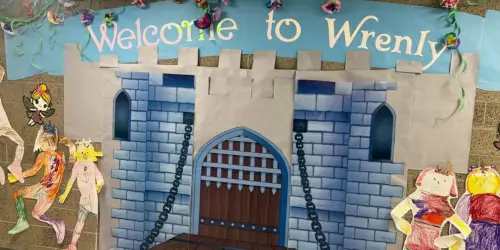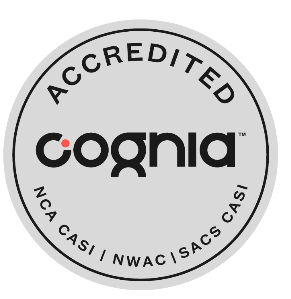At Peruvian Park Elementary, the pages were turning. Over the course of just three weeks, students transformed a simple read-a-thon challenge into a schoolwide movement.
All tallied, the Panthers read an astounding 508,833 minutes. That’s nearly 200,000 more minutes than last year’s impressive total of 320,000 — and it all happened in just 21 days.
Behind this literary explosion were two Peruvian Park parents: Sara Carter, the read-a-thon and literacy night chair, and Laura Miller, president-elect of the PTSA.
Together, they created an experience that turned reluctant readers into enthusiastic book lovers. But, if you ask them, the success belonged to the kids.
“For the kids it became their read-a-thon, and it blew up,” said Carter.
What started as a modest goal to encourage more reading became a phenomenon at Peruvian Park. Hallways buzzed with reading challenges. The energy was contagious.
Teachers, and volunteers leaned in, helping make the event one of the most exciting traditions of the school year.
The strategy? Make reading irresistible. Carter and Miller knew that if they could make the experience just as compelling as video games or YouTube videos, then they could hook students on books.
“To motivate kids, you have to make it exciting enough to get them off their electronics,” Carter said. And they did. Prizes ranged from grade-specific pins to class-specific trading cards. For the read-a-thon finale, students were treated to a special labyrinth.
Every week of the read-a-thon offered something new and unexpected for the students.
Also, each grade’s hallway transformed into a book that was within their reading level.
“They walk in — and it’s just like magic on their faces,” Carter said.
The program was designed to be inclusive, too. Whether a student was already a seasoned reader or just picking up her or his first chapter book, there was space and celebration for everyone. Prizes weren’t just for top readers. They were spread throughout the event to recognize effort, improvement, and enthusiasm.
“Everybody’s included. Everybody can get a prize,” Carter said.
By removing the pressure of competition and replacing it with fun and community, the read-a-thon welcomed students of all reading levels. And the literacy night brought in hundreds of parents to experience that joy firsthand and participate in activities that connected the school’s reading goals with at-home practices.
It’s easy to think of reading as just another subject in school. But, as Carter said, “when we learn to like to read, it sets our imagination on fire.”
For Peruvian Park students, the read-a-thon was a reminder of what books really are — portals to other worlds, fuel for creativity, and powerful tools for learning.
However, the magic wasn’t just in the big numbers of minutes read by students. It was in the transformation of school culture. The PTA turned a yearly event into a literacy movement that inspired hundreds of students to dive into the written word.
At its core, say the read-a-thon organizers, the Peruvian Park event wasn’t just about minutes logged or prizes earned. It was about cultivating a lifelong love of reading. It was about showing students that the most powerful tool they have might just be the one they already hold in their hands: a book.





